Jilin Beidahu Ski Resort is located in the Jilin Sports Tourism Economic Development Zone, 53 kilometers away from the urban area of Jilin City and 126 kilometers away from Changchun Longjia International Airport. The resort has Beidahu Ski Resort, Qiaoshan Beidahu Resort Hotel (5-star standard), Beidahu Asian Games Village Hotel (4-star standard), North America Time Holiday Apartment, etc. It is an international ski resort integrating tourism, leisure and vacation, competition training, and conference services.
Jilin Beidahu Ski Resort has a unique natural advantage. The slopes are gentle and there are few steep cliffs. The main peak is 1408.8 meters above sea level, and there are 9 peaks above 1200 meters above sea level. The average temperature in winter is minus 10.2 degrees Celsius. The first snowfall day of a year is in late October, and the final snowfall day is in late April. The snow cover days are about 160 days. The snow cover is about 0.5 meters deep under the mountain, about 1 meter in the middle, and the area above 1000 meters above sea level can cover up to 1.5 meters. Since the whole area is surrounded by mountains on three sides, the winter wind is small, sometimes similar to the calm wind, and the climate is more suitable. Therefore, the Beidahu Ski Resort can fully meet the requirements of alpine skiing, cross-country skiing, ski jumping, free skiing, modern biathlon, snow car, sled Wait for the construction requirements of the snow project site to reach the level of the international snow competition venue.
Jilin Beidahu Ski Resort has successfully hosted many international and domestic major sports events, including the International Snow Federation Freestyle Skiing World Cup, the 6th Asian Winter Games, the 8th, 9th and 12th National Winter Games, National Outdoor Development Competition and other events.
Beida Hu was originally called Beidahu. According to a report by CCTV Sports Channel on January 3, 2011, on September 18, 2011, it was approved by relevant departments of Jilin City Government. It turns out that the "lake" of three points of water has no real meaning. It was just a mistake made by the geological and archaeological surveying and mapping team in the 1960s. There is no lake in Beidahu. It was changed to this "pot, mainly to prove a grand historical memory chain. Another reason is that it is surrounded by mountains on three sides, and a long and narrow landscape in the north is like a kettle.
According to Pi Fusheng, a researcher in the literature and history of the Jilin CPPCC, according to historical records, there used to be a place called "Qing Cha Guan" near the place where the Beidahu Ski Resort was located. With a history of more than 200 years, the reason why it is called "Beida Hu" should be from this origin. "Beidahu" is named after the mountainous landforms and hydrological conditions. Beidahu is a mountain rather than a lake. Because it is surrounded by mountains on three sides and the peak in the middle rises, the north is long and narrow like a pot for pouring water. The local people call it because of its shape. It is the "Peking University Pot".
The northern cities all call themselves the hometown of ice and snow. It is not enough to have ice and snow alone, and it must have good field conditions suitable for ice and snow sports. Beidahu (lake) ski resort has such conditions. Its distinctive feature is that it is close to the urban area, and ski resorts close to the urban area like Beidahu (lake) are rare in the world. The snow period in Beidahu (lake) is long. Generally, the first snowfall is in late October, the last snow is in late April, and the snow cover period is about 160 days; the snow depth is about 0.5 meters below the mountain, about 0.8 meters on the mountainside, and up to 1,000 meters above sea level. Above 1 meter. The snow is granular and loose in texture. According to experts’ investigations and demonstrations, if there is little snowfall due to special circumstances, the mountainous area is centered on the main peak as the radioactive water system, and there are 6 mountain springs that flow throughout the year. The annual average precipitation is 670 mm, which can meet the artificial snow making water in the snow field.



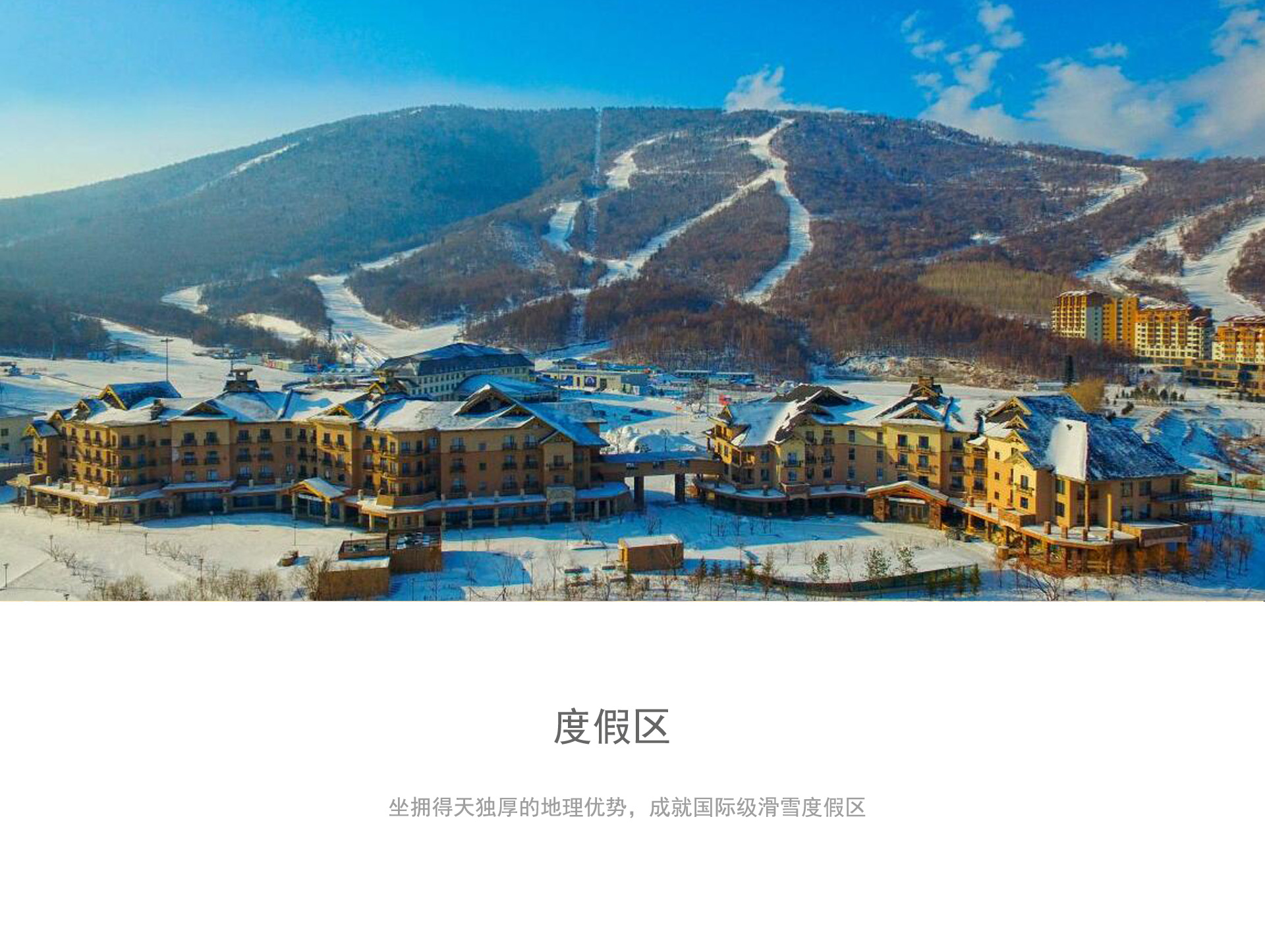
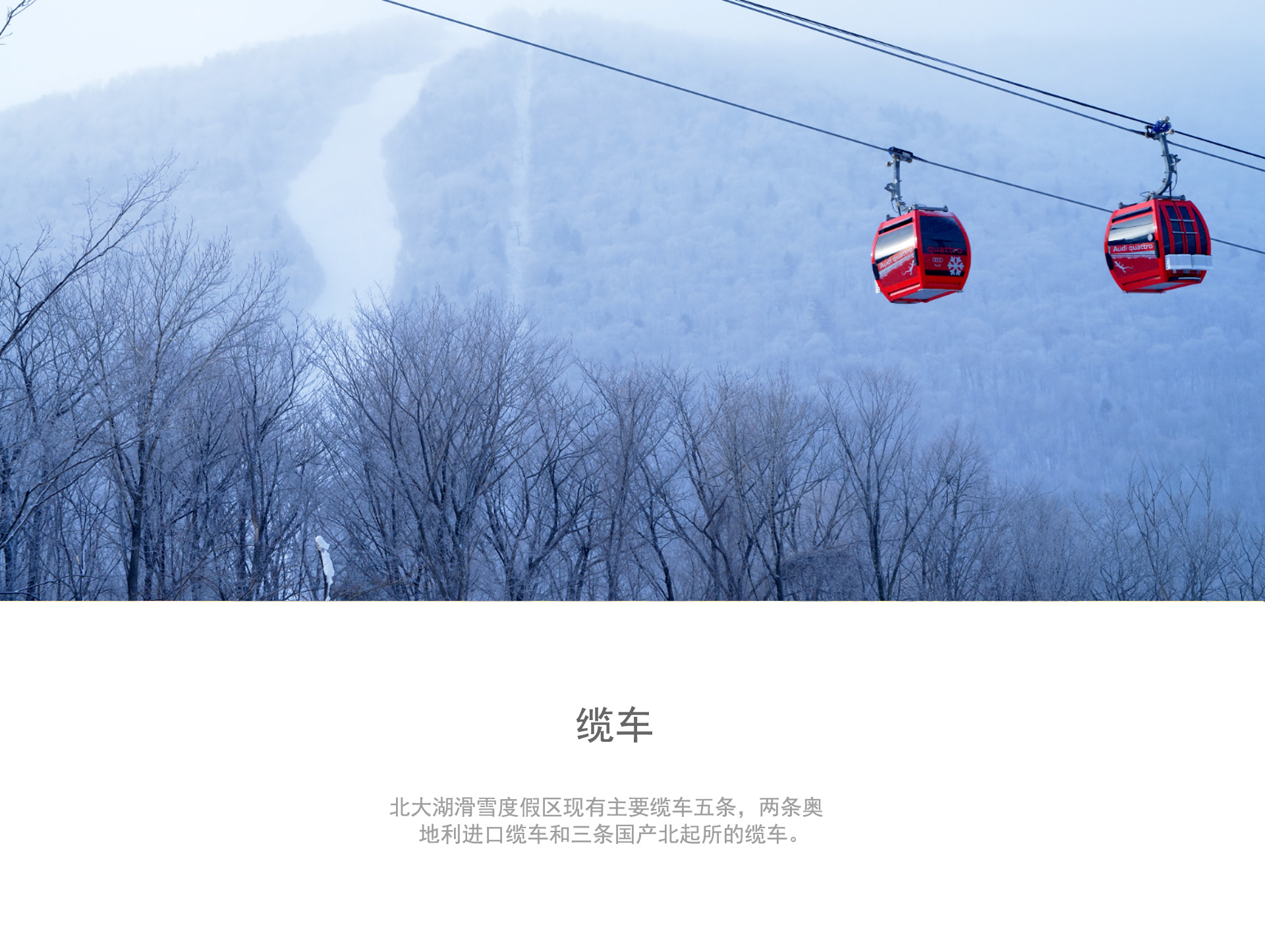
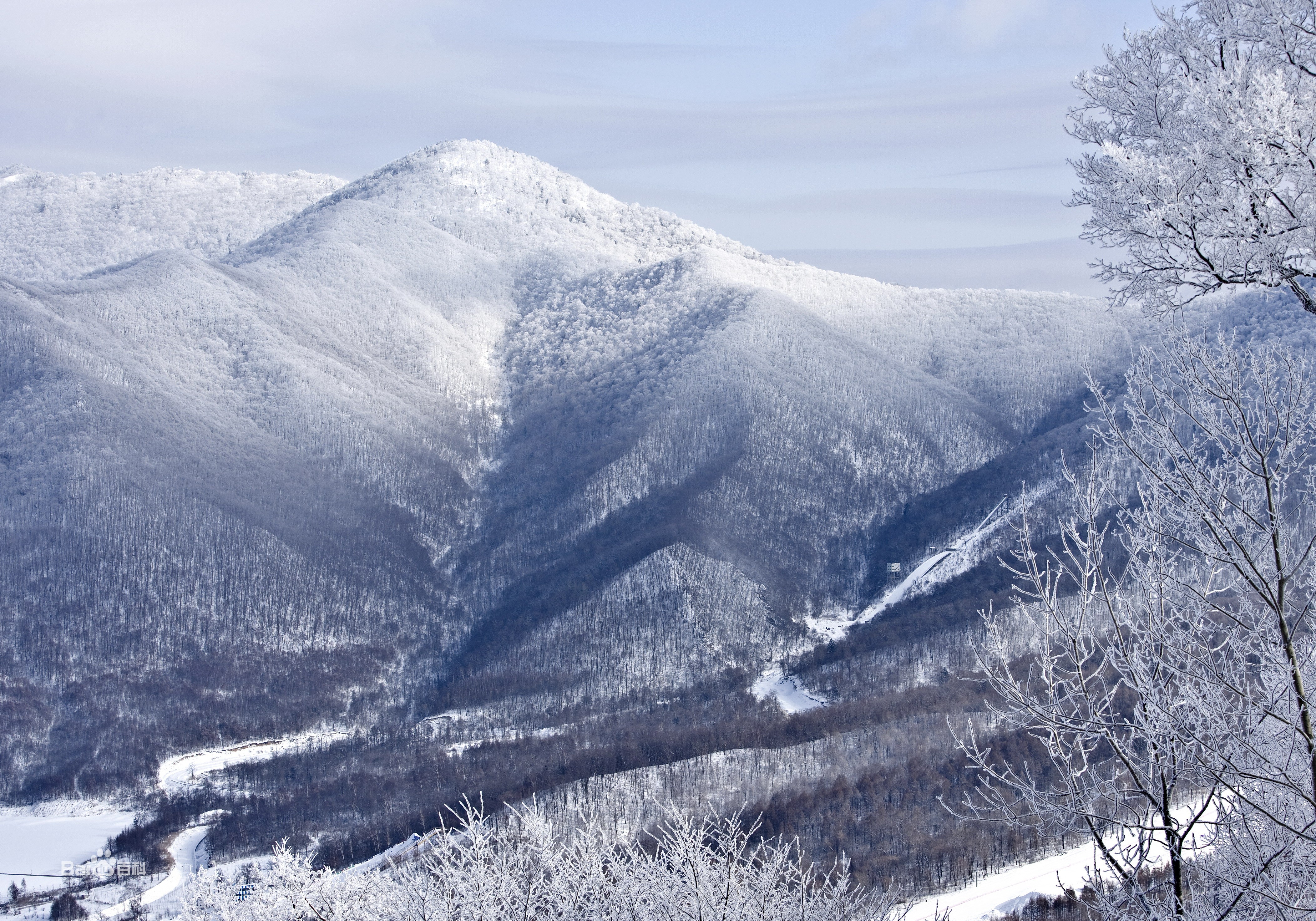
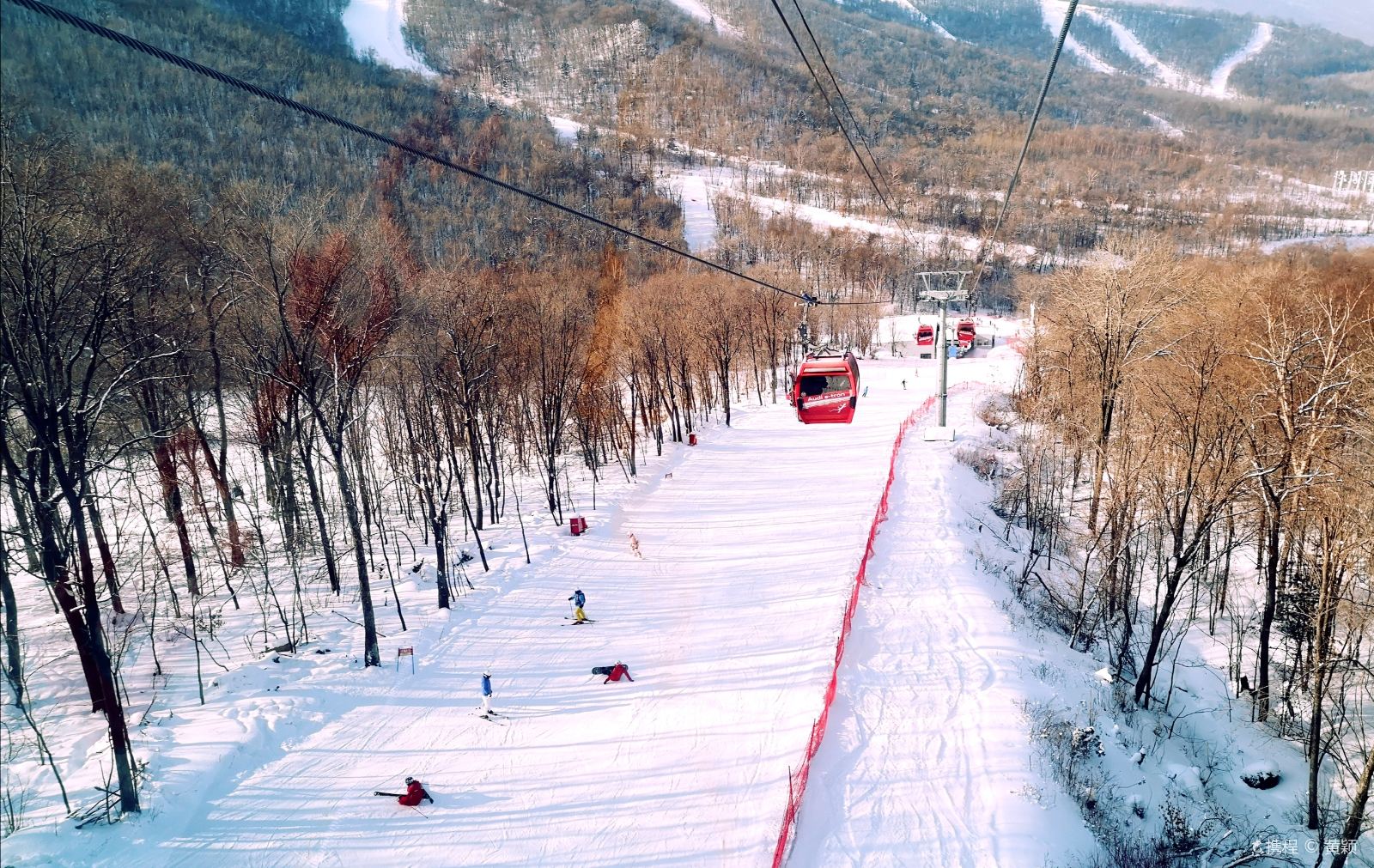
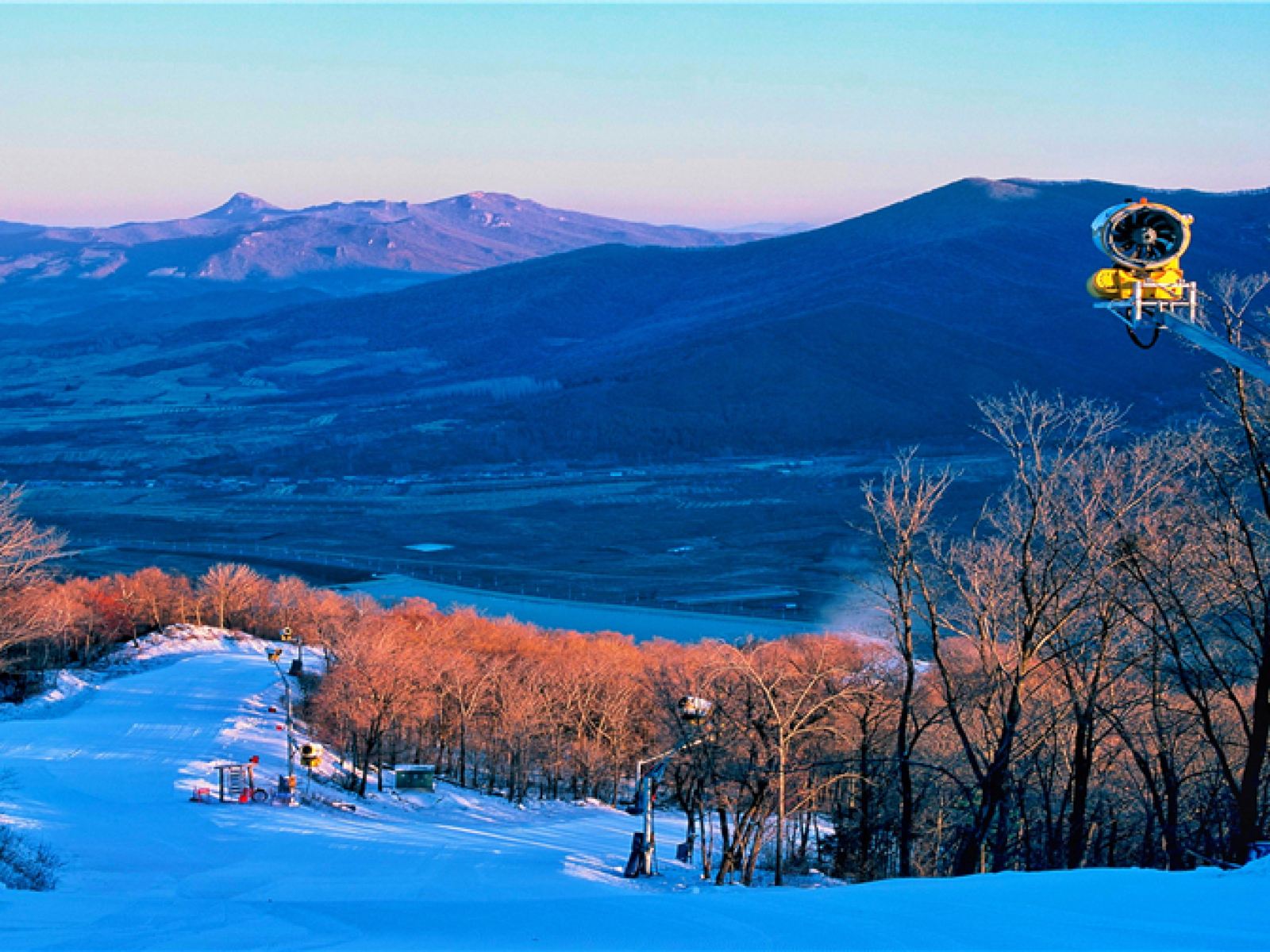


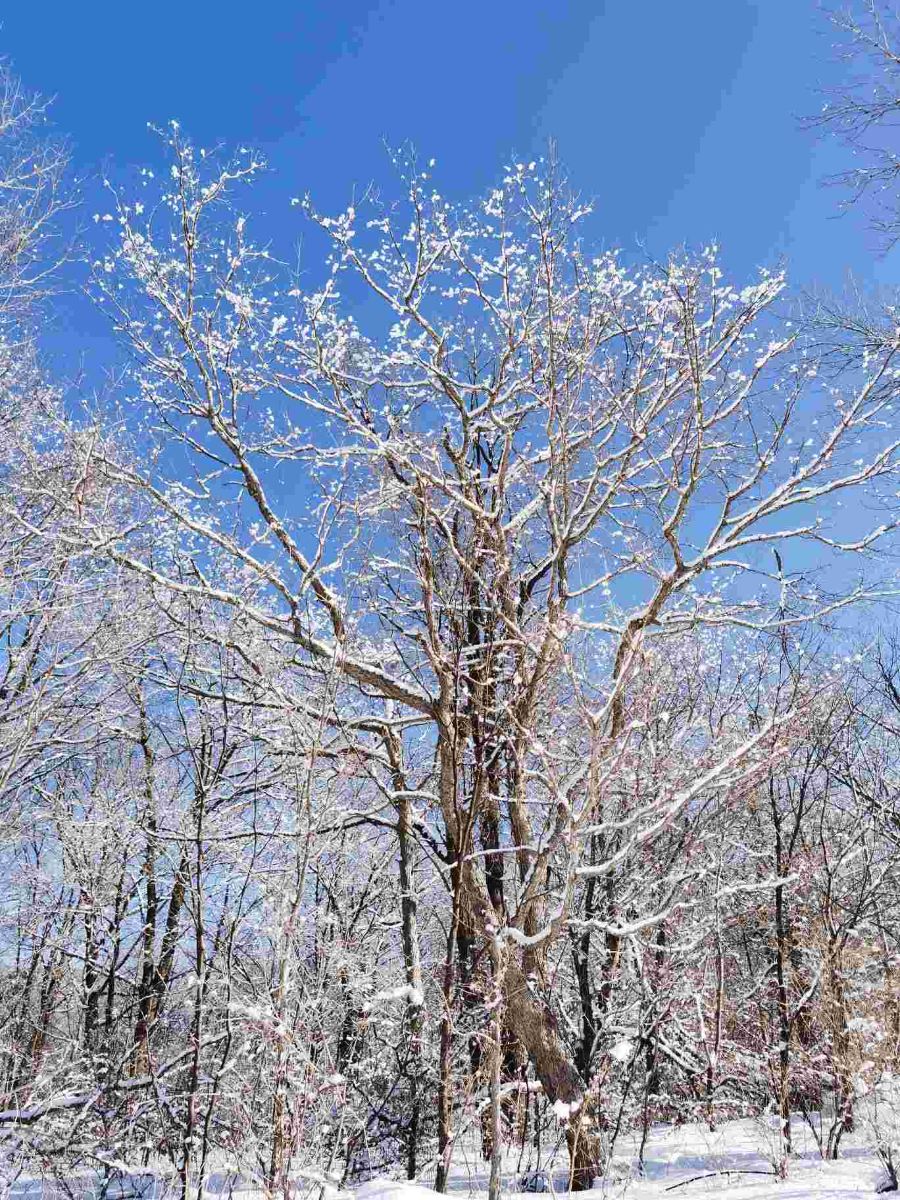





0reviews